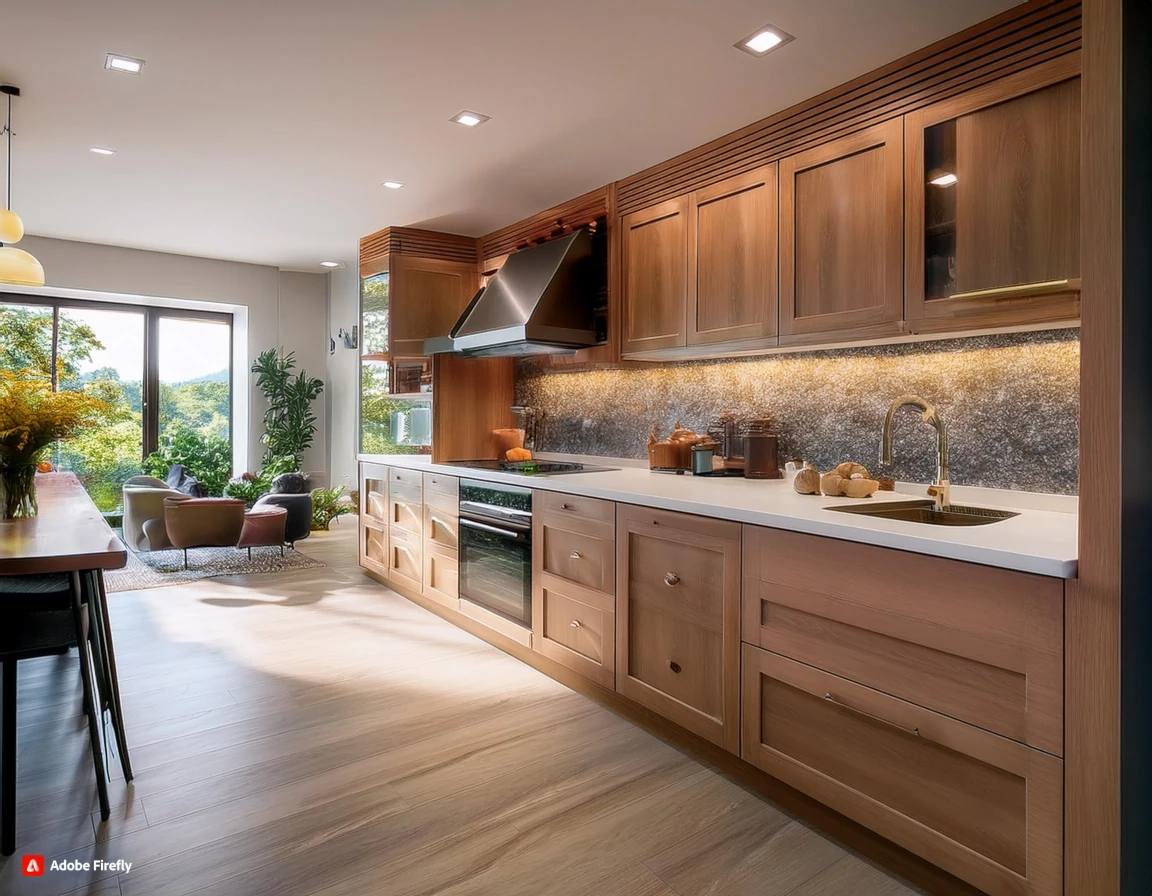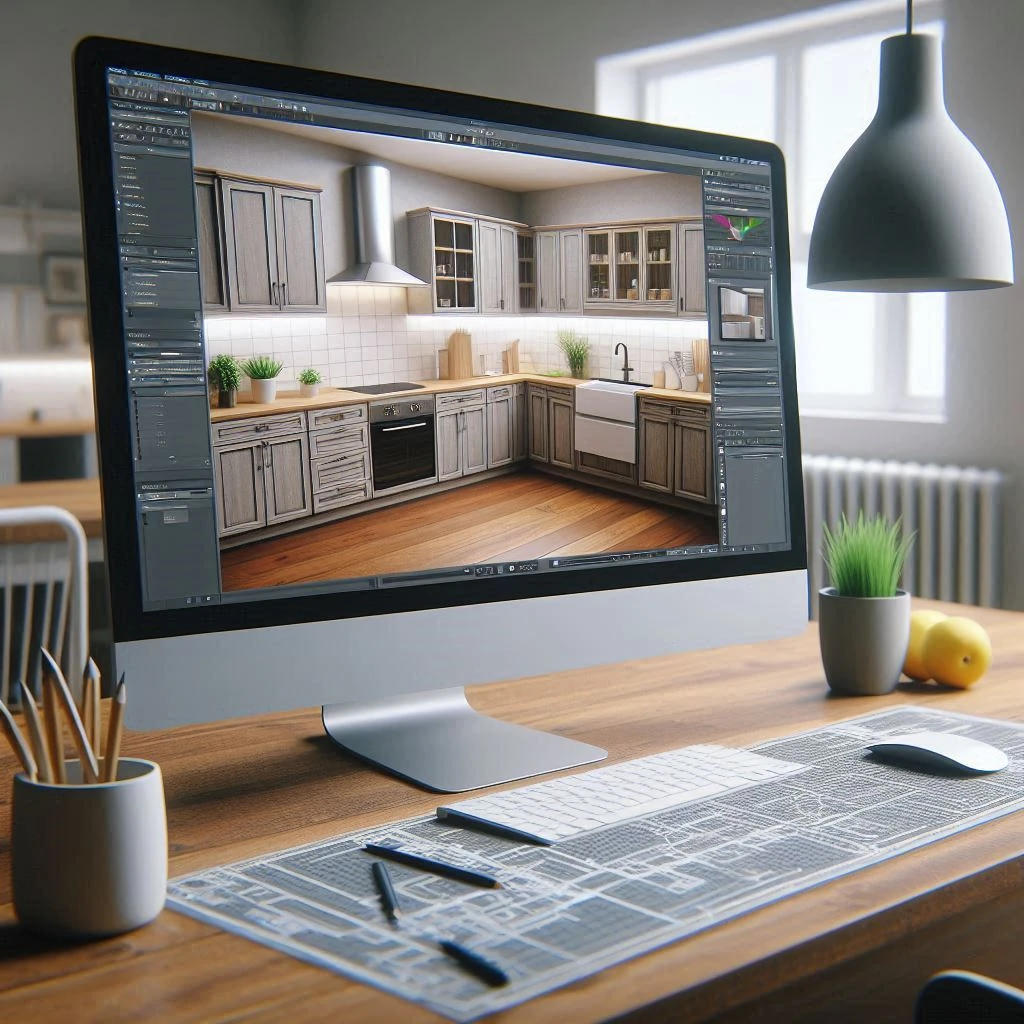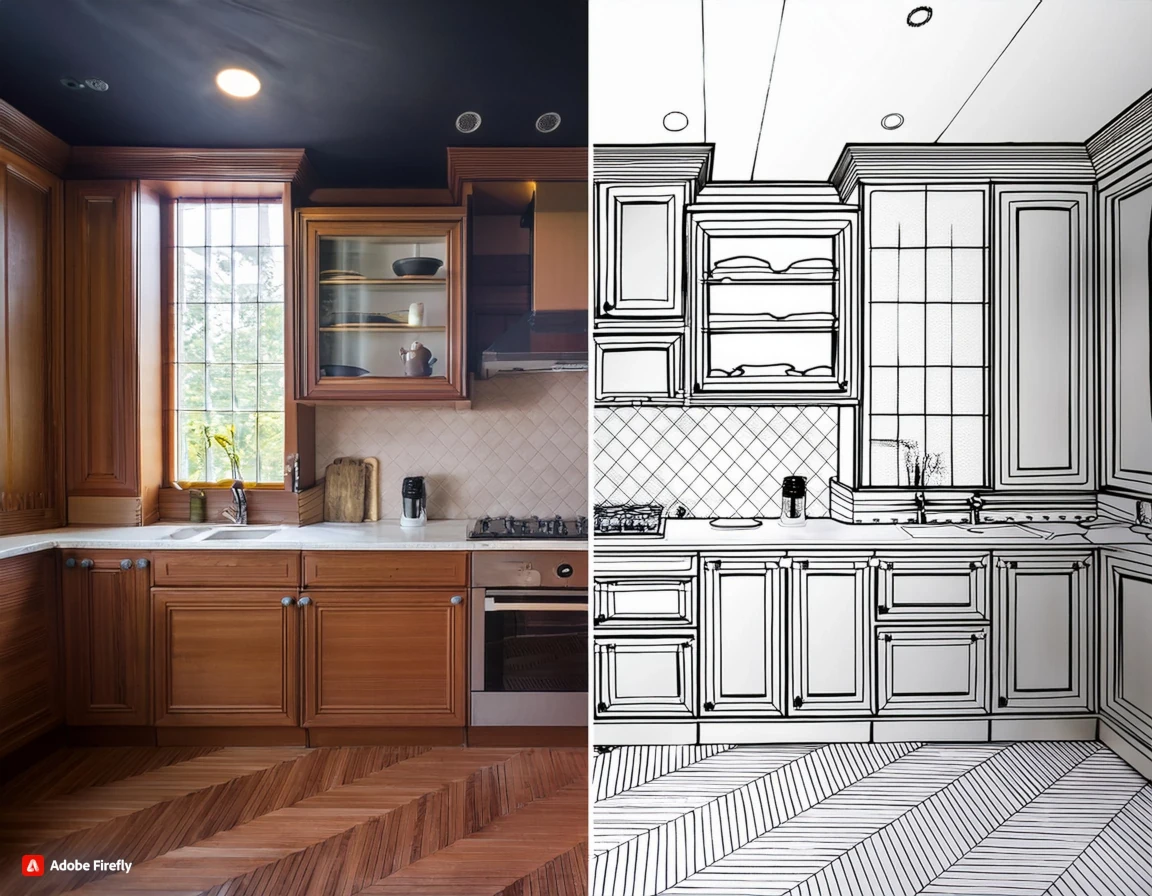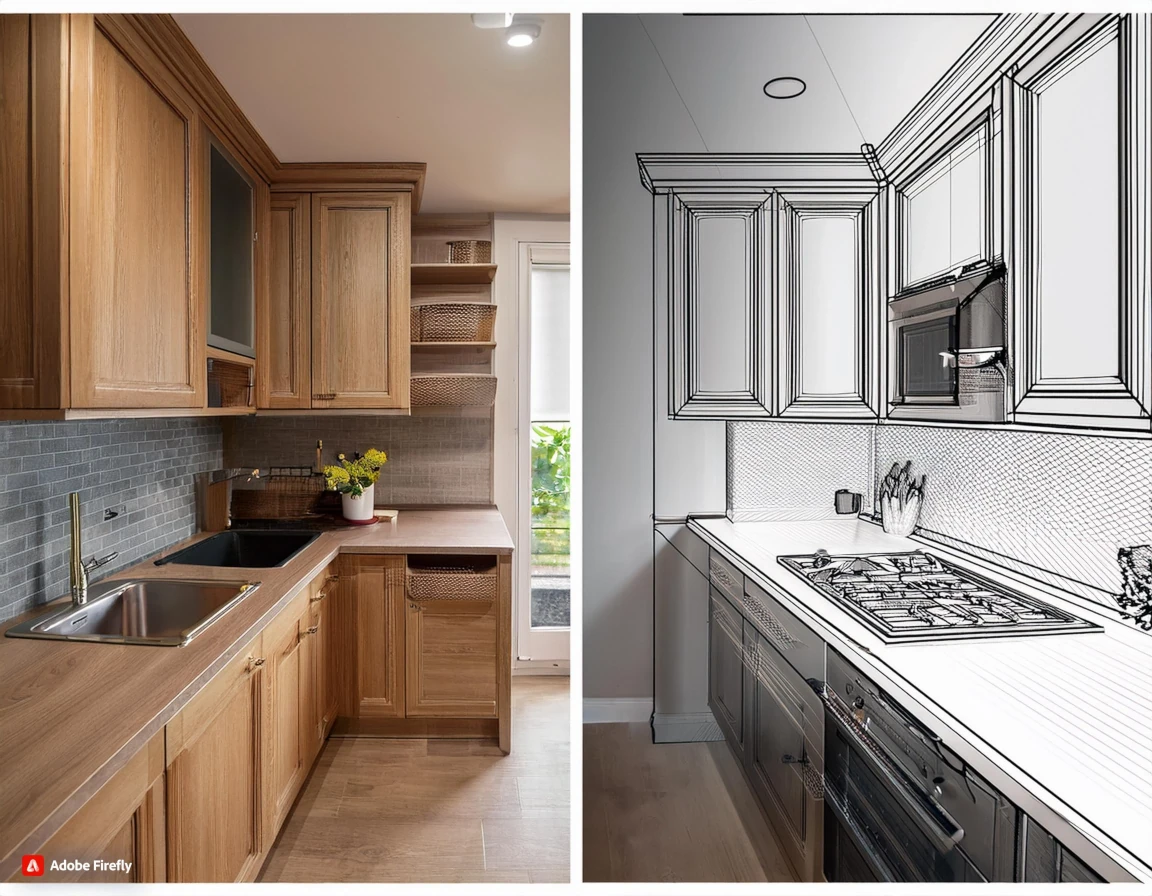Summer Deals! Free shipping over $2999
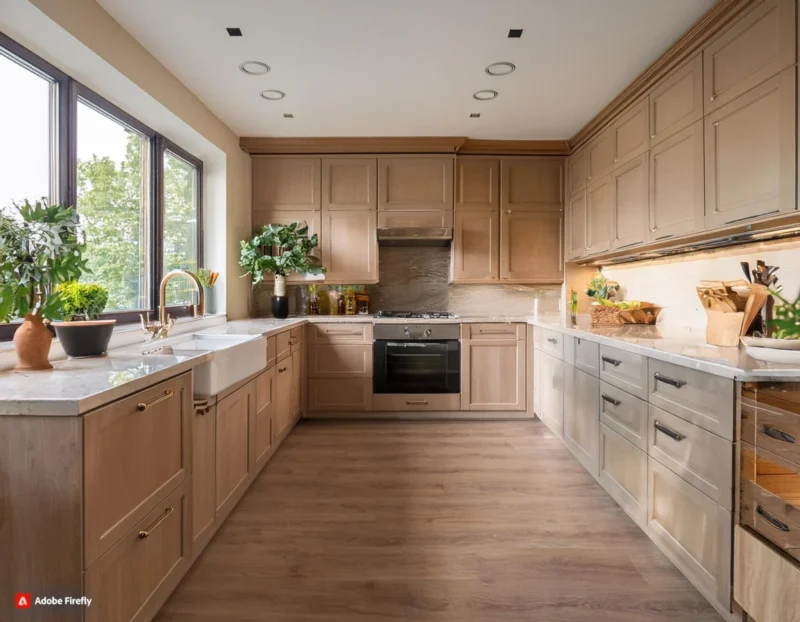
Ergonomics plays a crucial role in creating kitchen cabinets that are not only aesthetically pleasing but also functional and comfortable to use. By considering the principles of ergonomics, designers can ensure that kitchen cabinets enhance the user experience and contribute to a more efficient cooking environment.
Optimal Heights and Reach: One of the key aspects of ergonomic design is the placement of cabinets at optimal heights. Upper cabinets should be positioned within easy reach to prevent strain, while lower cabinets should be designed with features like pull-out shelves to minimize bending. This thoughtful placement helps to create a kitchen that is accessible and comfortable for all users.
Efficient Workflow: Ergonomics also involves designing a kitchen layout that supports an efficient workflow. Cabinets should be arranged to facilitate easy movement between key areas such as the stove, sink, and refrigerator. By organizing cabinets to store frequently used items near their point of use, designers can reduce unnecessary steps and make the cooking process more streamlined.
Customized Storage Solutions: Incorporating customized storage solutions is another way to enhance the ergonomics of kitchen cabinets. Features like adjustable shelves, pull-out baskets, and drawer dividers can be tailored to the specific needs of the homeowner, making it easier to organize and access kitchen essentials. These personalized touches ensure that the kitchen functions smoothly and efficiently.
In summary, incorporating ergonomic principles in kitchen cabinet design enhances functionality and user comfort. By considering optimal heights, efficient workflow, and customized storage solutions, designers can create kitchens that are not only beautiful but also highly practical.

